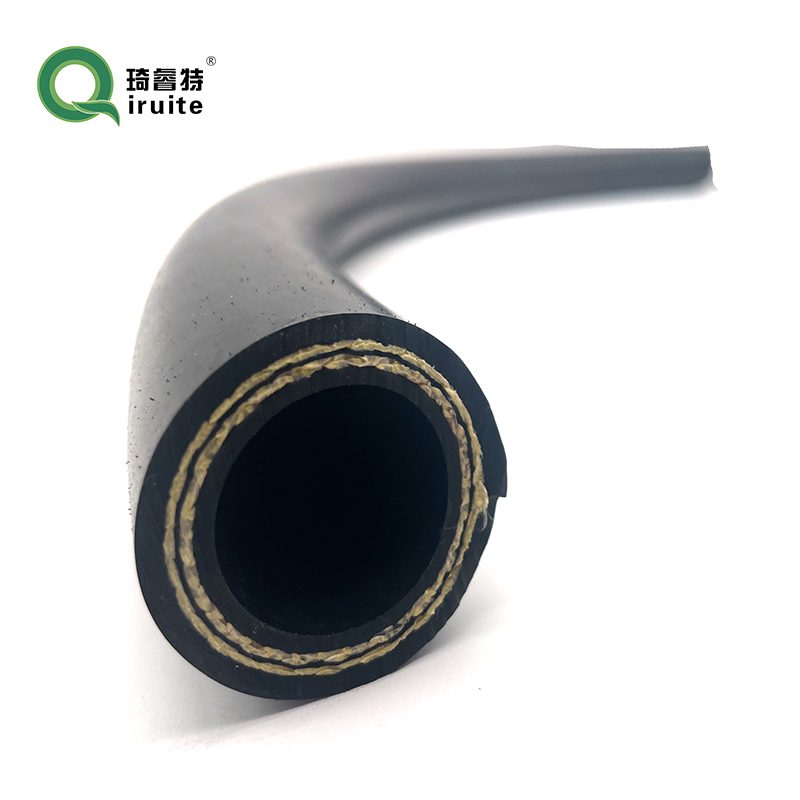how to repair high pressure power steering hose
How to Repair a High Pressure Power Steering Hose
Power steering systems are essential for smooth driving, providing the necessary force to steer the vehicle with ease. The high-pressure power steering hose plays a vital role in this system, carrying hydraulic fluid from the pump to the steering gear. Over time, this hose can wear out, develop leaks, or become damaged, resulting in poor steering responsiveness or complete steering failure. If you’re faced with the daunting task of repairing your high-pressure power steering hose, follow these steps for a successful and safe repair.
Gather Your Tools and Materials
Before you begin, make sure you have the necessary tools and materials. You’ll need
- A replacement high-pressure power steering hose - Wrenches and socket set - Screwdrivers - Power steering fluid - Rags or paper towels - Safety glasses and gloves
Identify the Problem
Begin by inspecting the power steering hose thoroughly. Look for signs of wear, such as cracks, abrasions, or swelling. Also, check for fluid leaks around the hose fittings and connections. To diagnose the issue effectively, ensure that the engine is off and the system is cool.
Prepare for Removal
Once the damaged hose is identified, prepare the vehicle for service. If necessary, lift the front of the vehicle with jack stands to gain easier access to the power steering components. Make sure to consult your vehicle’s service manual for specific instructions and diagrams specific to your model.
Drain the Power Steering Fluid
Before removing the hose, you will need to drain the power steering fluid. Locate the power steering reservoir and use a siphoning tool or a turkey baster to extract fluid from the reservoir to avoid spills. This step is crucial to prevent hydraulic fluid from leaking everywhere when you detach the hose.
Remove the Old Hose
how to repair high pressure power steering hose

To remove the old high-pressure hose, locate the two ends of the hose — one connected to the power steering pump and the other connected to the steering gear. Use a wrench to loosen the fittings carefully. Be cautious some residual fluid may still be in the hose. Once the fittings are loosened, detach the hose and remove it completely from the vehicle.
Install the New Hose
Take the new high-pressure power steering hose and align it with the connection points. Tighten the fittings securely using the wrench, ensuring not to overtighten, as this may damage the fittings or hose.
Refill the Power Steering Fluid
Once the new hose is in place, refill the power steering fluid reservoir with the appropriate fluid according to your vehicle’s specifications. It is essential to use the type of fluid recommended in your owner’s manual to avoid potential damage to the steering system.
Bleed the Power Steering System
After refilling, start the engine and turn the steering wheel from lock to lock several times. This action helps to bleed air from the power steering system. Check the fluid level again and add more if necessary. Look for any signs of leaking around the new hose after this process.
Test Drive
Finally, take the vehicle for a short test drive to ensure that everything is functioning correctly. Pay attention to how the steering feels; it should be smooth and responsive without any whining noises.
Conclusion
Repairing a high-pressure power steering hose can be a straightforward task with the right tools and approach. Always prioritize safety and follow the manufacturer’s guidelines for your specific vehicle. If you encounter difficulties or are unsure at any point, don’t hesitate to consult a professional mechanic. A well-functioning power steering system is crucial for the safety and reliability of your vehicle, so make sure to address any issues promptly.
-
Ultimate Spiral Protection for Hoses & CablesNewsJun.26,2025
-
The Ultimate Quick-Connect Solutions for Every NeedNewsJun.26,2025
-
SAE J1401 Brake Hose: Reliable Choice for Safe BrakingNewsJun.26,2025
-
Reliable J2064 A/C Hoses for Real-World Cooling NeedsNewsJun.26,2025
-
Heavy-Duty Sewer Jetting Hoses Built to LastNewsJun.26,2025
-
Fix Power Steering Tube Leaks Fast – Durable & Affordable SolutionNewsJun.26,2025

